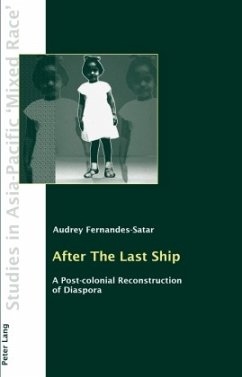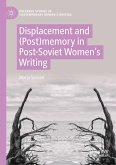After the Last Ship illustrates the author's own history, as well as its connection to the history of other women and children who left India and made the journey across the Kala Pani, the Indian Ocean, and lived as migrants in other countries. In this book the author brings greater understanding of how subjectivities are shaped through embodied experiences of 'mixed race'. She bears witness to the oppressive policies of the fascist government in Portugal in the 1960's and 1970's and the effects of displacement and exile, by reconstructing her own passage from India to Mozambique and finally to Australia. Further, the author shows the devastation that labels such as 'half-caste', 'canecos' and 'monhe' can cause, when they eat at your flesh, your being, and your body. She sheds light on how identity and culture can serve as vehicles of empowerment, how experiences of belonging can germinate and take root post-diaspora.








